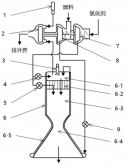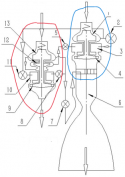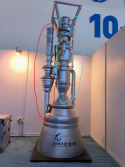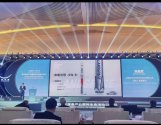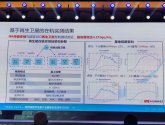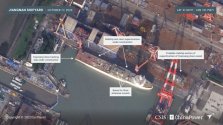Shanghai Government issued the "Shanghai Action Plan to Promote Commercial Aerospace Development and Create a Space Information Industry Highland (2023-2025)" - the plan proposes that by 2025, a full coverage industrial chain from rockets, satellites, ground stations to terminals will be formed. Develop three key products: a new generation of medium and large launch vehicles, low-cost and highly integrated satellites, and intelligent application terminals. It will form a mass manufacturing capability with an annual output of 50 commercial rockets and 600 commercial satellites.
Promote the development of the Long March 6C, a new generation of medium and large launch vehicles with a diameter of 3.8 meters, and achieve its first flight. Promote the integration of R&D, manufacturing, assembly, and testing to improve the high-density launch guarantee level of satellite constellations. Deepen the demonstration of maritime launch platforms and promote the construction of commercial launch sites.
Research on key technologies of the space transportation system and break through technical bottlenecks such as liquid oxygen methane power, simple maintenance and reusability, and soft landing flight control. Carry out technical research on remote intelligent test and launch, space deorbit and terminal applications, and on-orbit fault handling to promote technological innovation in the space transportation system. Carry out technical research and system development around the space station's low-cost cargo transportation system, manned lunar rover, earth-lunar economic transportation system and other fields.
Improve the design, construction and operation capabilities of commercial constellations, actively strive for the key tasks of satellite Internet and comprehensive time and space (PNT) system construction, and vigorously support the construction of Qianfan satellite constellation, smart skynet, very high frequency data exchange system (VDES) and other constellation networking construction. Carry out the construction of a satellite measurement, operation and control platform to provide measurement, operation and control management services in the launch section and in-orbit operation for various satellite systems in multiple frequency bands and different orbits.
Carry out research on key technologies of 6G satellite-ground integrated satellite systems, and make breakthroughs in the optimization design of satellite-ground hybrid network constellation configurations, the overall architecture design of communication network systems, integrated base stations based on satellite relays, and their mobile networking technologies..






